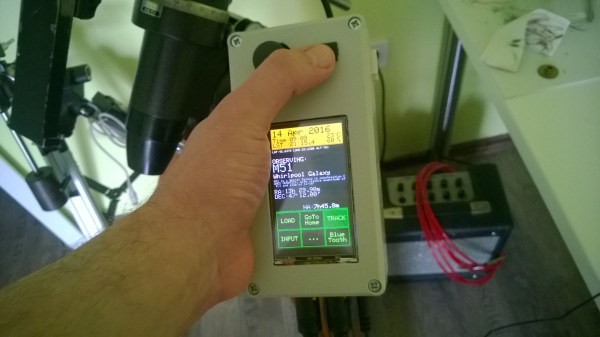[Scott Swaaley] needed a bunch of timing pulleys for the clock he was building. He had already decided on the MXL profile, but he needed so many of these toothed pulleys in so many configurations (hex-bored, hubless) that it would blow out his budget. Plus, he wanted them transparent as well. So why not just laser them out of acrylic?
Not finding anything useful on the manufacturers’ sites, [Scott] decided to create his own web application to generate the shapes and download them as SVGs, dreaming of a resource like Gear Generator except for timing pulleys instead of involute spur gears. [Scott] has the application running on his GitHub. You can create MXL, XL, and L pulleys with any number of teeth and any hole size. From there you can output as an SVG and laser or mill the pulley.
There’s a lot of potential for projects made with pulleys and we’ve covered them extensively. Check out a 3D-printed strain wave gear, an inexpensive XY table, and even a remote operated gate for more pulley ideas.








 Clocking in at 150 pounds and 45 inches in diameter, this thing is undeniably huge. The structure is made out of what looks to be veneered plywood glued together to make a ~2.5in thick structure to put their bearings in. And, after washing their bearings with soapy water, the students get to work press fitting their 2.2in by 10.5in ball bearings into their painted wooden structure. Their video embedded below is an entertaining watch, it starts with a gag, but moves on the project afterwards.
Clocking in at 150 pounds and 45 inches in diameter, this thing is undeniably huge. The structure is made out of what looks to be veneered plywood glued together to make a ~2.5in thick structure to put their bearings in. And, after washing their bearings with soapy water, the students get to work press fitting their 2.2in by 10.5in ball bearings into their painted wooden structure. Their video embedded below is an entertaining watch, it starts with a gag, but moves on the project afterwards.








